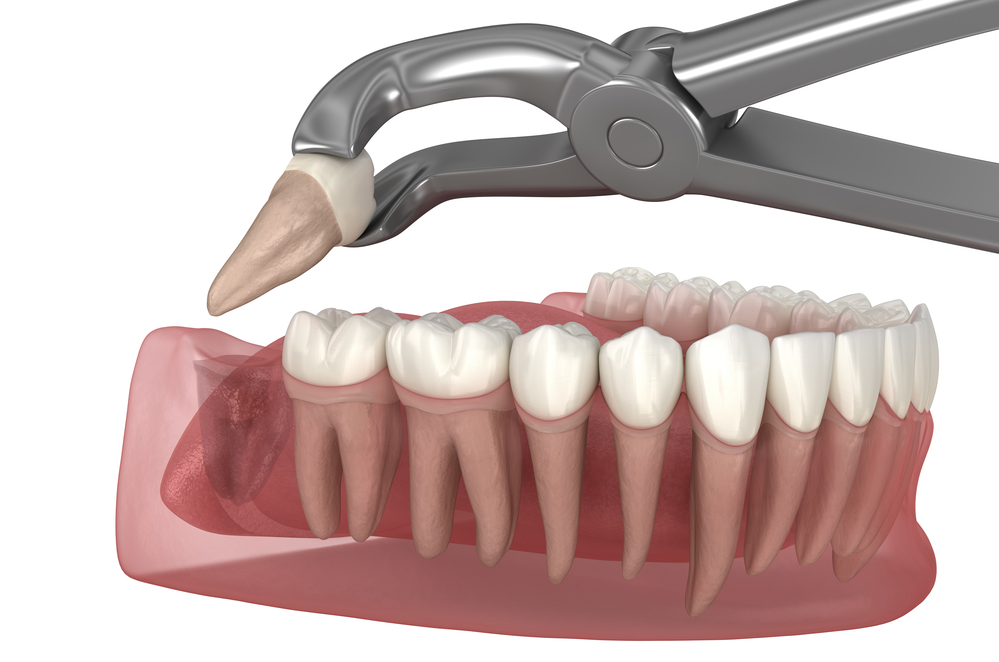Wisdom tooth removal is a common dental procedure, but it can still feel daunting if it’s your first time undergoing oral surgery. Proper preparation can help ease anxiety, reduce complications, and ensure a smoother recovery. Whether you’re getting one tooth out or all four, here’s a comprehensive guide to help you feel confident and ready for your wisdom tooth surgery.
Why Wisdom Tooth Removal Is Necessary
Wisdom teeth, or third molars, typically appear between the ages of 17 and 25. For some, they erupt without issues. For many others, these teeth become impacted, grow at odd angles, or crowd nearby teeth. In such cases, dentists often recommend wisdom tooth removal to prevent pain, infections, and long-term dental complications.
1. Talk to Your Oral Surgeon or Dentist
Start by scheduling a consultation with your dentist or oral surgeon. This appointment is essential to:
– Review X-rays to assess the position of your wisdom teeth.
– Discuss any health conditions or medications you’re currently taking.
– Go over the surgical plan, including how many teeth will be removed.
– Decide on the type of anesthesia or sedation you’ll receive.
Don’t hesitate to ask questions—knowing what to expect during and after the procedure can ease a lot of anxiety.
2. Arrange Transportation
Most wisdom tooth removal procedures involve sedation or general anesthesia, which means you won’t be in any shape to drive afterward. Ask a family member or friend to accompany you, drive you home, and ideally stay with you for a few hours post-surgery.
3. Plan Your Recovery Space
Set up a comfortable area at home where you can rest and recover. Include:
– Extra pillows to keep your head elevated.
– Ice packs for swelling.
– Entertainment like books, movies, or music to pass the time.
– Easily accessible chargers, remotes, or water.
Having your space ready before surgery will save you from scrambling when you’re groggy and sore.
4. Stock Up on Soft Foods
After wisdom tooth removal, chewing will be uncomfortable and possibly painful for several days. Stock your fridge and pantry with soft, easy-to-eat foods such as:
– Yogurt
– Mashed potatoes
– Applesauce
– Pudding
– Smoothies (without a straw—sucking can cause dry socket)
– Soups and broths (lukewarm, not hot)
Avoid crunchy, spicy, or hot foods, and absolutely no straws for at least a week.
5. Follow Pre-Operative Instructions
Your dentist or surgeon will give you specific guidelines to follow before surgery. These may include:
– Fasting: Don’t eat or drink for at least 6–8 hours before surgery if you’re having IV sedation or general anesthesia.
– Medication adjustments: Some prescriptions and over-the-counter drugs may need to be paused.
– Avoiding alcohol and tobacco: Both can increase your risk of complications and slow healing.
Follow these instructions carefully—they’re crucial for your safety during the procedure.
6. Dress Comfortably
On the day of surgery, wear loose, comfortable clothing and short sleeves (especially if you’re getting an IV). Avoid makeup, jewelry, and contact lenses. Bring any necessary forms, ID, and payment details to your appointment.
7. Know the Risks and Recovery Timeline
Like any surgery, wisdom tooth removal carries some risks, including infection, swelling, dry socket, or temporary nerve numbness. While most people recover within a week, more complex extractions might take longer.
Here’s a general timeline:
– Day 1–2: Expect swelling, drowsiness, and bleeding. Stick to rest, ice packs, and soft foods.
– Day 3–4: Swelling may peak. You might feel sore but more alert.
– Day 5–7: Pain should decrease, and you can start to reintroduce normal foods gradually.
– 1–2 weeks: Most people are fully recovered, though deeper surgical sites may take longer to close fully.
8. Prepare Emotionally
It’s normal to feel nervous, especially if this is your first surgical experience. Practicing relaxation techniques like deep breathing or meditation in the days leading up to surgery can help. Talk openly with your dental team about any fears—they’re there to support you.
9. Post-Surgery Support
Ask someone to help you for the first 24 hours. You might be groggy, sore, and unable to cook or manage medications. Having someone nearby can make a big difference in your comfort and safety.
Also, make sure to have your pain meds and any prescribed antibiotics ready to go before the surgery. Starting them on schedule can help prevent unnecessary discomfort or complications.
10. Plan for Downtime
Don’t try to rush back to work or school. Even if the procedure is straightforward, your body needs time to heal. Plan for a few days of rest, and avoid strenuous activity, bending over, or heavy lifting.
Wisdom tooth removal might sound intimidating, but with the right preparation, it can be a smooth and manageable process. From planning your recovery space to understanding the procedure and recovery timeline, each step you take in advance can ease your mind and set you up for a speedy recovery.
By staying informed and prepared, you’ll be back to smiling—without those problematic molars—in no time.

